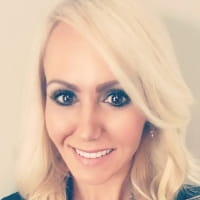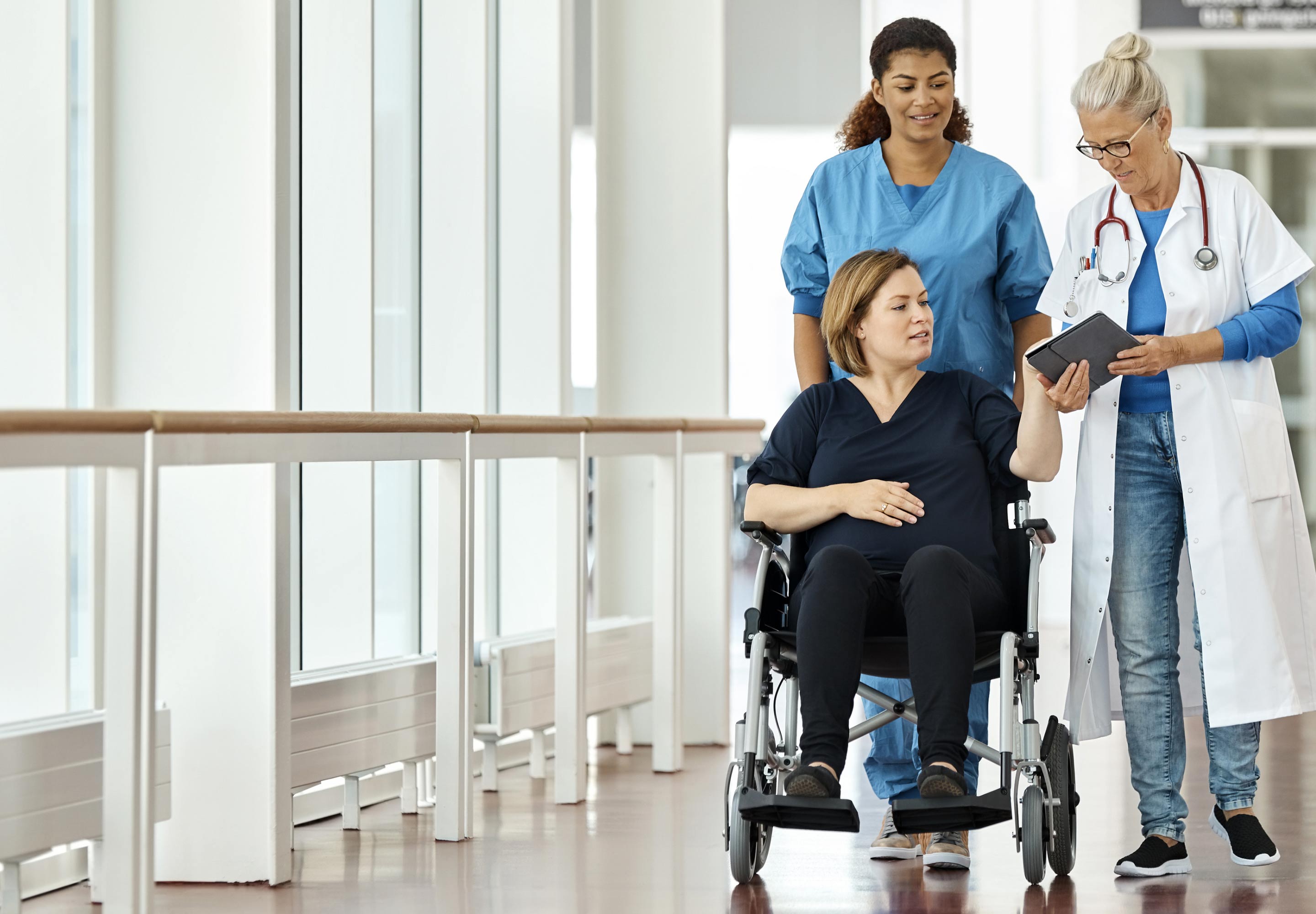-
Featured services
Harness innovation to deliver value
Ensure short-term stability as you design a roadmap for new use cases in your industry with emerging technologies.
Explore Connected Industries -
Services
View all services and productsLeverage our capabilities to accelerate your business transformation.
-
Services
Network as a Service
Popular Products
-
Private 5G
Our turnkey private 5G network enables custom-built solutions that are designed around unique use cases and strategies, and deployed, run and optimized through a full network-as-a-service model.
-
Managed Campus Networks
Our Managed Campus Networks services transform campus networks, corporate area networks and interconnected local area networks, and connect smart places and industries.
-
-
Services
Cloud Services
Popular Products
-
Cloud Migration and Transformation Services
Access the people, processes and technologies you need to deliver cloud migration projects that improve your return on investments.
-
Site Reliability Engineering Services
Get the most from your cloud investments when you harness our Site Reliability Engineering Services to support app development and lifecycle management.
-
-
Services
Edge as a Service
Client stories
-
Penske Entertainment and the NTT INDYCAR SERIES
Together with Penske Entertainment, we’re delivering digital innovations for their businesses – including INDYCAR, the sanctioning body of the NTT INDYCAR SERIES – and venues such as the iconic Indianapolis Motor Speedway, home to the Indianapolis 500.
-
Using private wireless networks to power IoT environments with Schneider Electric
Our combined capabilities enable a secure, end-to-end digital on-premises platform that supports different industries with the benefits of private 5G.
-
-
Services
Technology Solutions
Client stories
-
Services
Global Data Centers
-
Services
Digital Collaboration and CX

IDC MarketScape: Worldwide Datacenter Services 2023 Vendor Assessment
We provide a new kind of intelligent infrastructure to deliver better outcomes through technology.
Get the IDC MarketScape -
-
-
Insights
Recent Insights
-
The Future of Networking in 2025 and Beyond
-
Using the cloud to cut costs needs the right approach
When organizations focus on transformation, a move to the cloud can deliver cost savings – but they often need expert advice to help them along their journey
-
Make zero trust security work for your organization
Make zero trust security work for your organization across hybrid work environments.
-
-

Copilot for Microsoft 365
Everyone can work smarter with a powerful AI tool for everyday work.
Explore Copilot today -
-
Global Employee Experience Trends Report
Excel in EX with research based on interviews with over 1,400 decision-makers across the globe.
Get the EX report -
Discover how we accelerate your business transformation
-
About us
CLIENT STORIES
-
Liantis
Over time, Liantis – an established HR company in Belgium – had built up data islands and isolated solutions as part of their legacy system.
-
Randstad
We ensured that Randstad’s migration to Genesys Cloud CX had no impact on availability, ensuring an exceptional user experience for clients and talent.
-
-
CLIENT STORIES
-
Liantis
Over time, Liantis – an established HR company in Belgium – had built up data islands and isolated solutions as part of their legacy system.
-
Randstad
We ensured that Randstad’s migration to Genesys Cloud CX had no impact on availability, ensuring an exceptional user experience for clients and talent.
-
-
CLIENT STORIES
-
Liantis
Over time, Liantis – an established HR company in Belgium – had built up data islands and isolated solutions as part of their legacy system.
-
Randstad
We ensured that Randstad’s migration to Genesys Cloud CX had no impact on availability, ensuring an exceptional user experience for clients and talent.
-

NTT DATA and HEINEKEN
HEINEKEN revolutionizes employee experience and collaboration with a hybrid workplace model.
Read the HEINEKEN story -
- Careers
Topics in this article
Staying focused on the human side of healthcare technology
Since I brought my bedside nursing experience into the health technology world more than a decade ago, I’ve maintained a strong awareness of the empathetic and very human element of what I do.
My role is to connect people with user-friendly healthcare technology. This allows me to tackle the incredibly complex challenges that plague the healthcare industry, while keeping people at the center of everything I do.
A big part of that involves empowering healthcare organizations to deliver a better experience for patients, families and my fellow clinicians.
I started my nursing career in the hospital setting at the bedside, taking care of patients. Even though I loved helping people in a hands-on manner, I quickly understood and felt everything that is wrong with and broken in healthcare.
Too often, healthcare technology is the cause of frustration and burnout for the care team. According to a 2019 University of New Mexico study, 40% of clinician stress and burnout can be directly attributed to the use of electronic health records.
I went through many go-lives with new technologies and would always wonder, ‘Who designed this? And did they get any input from the actual people who would be using it to take care of patients – people like the nurses?’
It seemed like electronic medical records (EMRs) kept getting harder and harder to use and required more and more charting – which consumed precious time that I could’ve spent with my patients. I’ve seen the occasionally dire outcomes and experienced firsthand the frustrations caused by healthcare innovations.
So, instead of being another nurse complaining about technology, I decided I was going to be part of the solution. I wanted to use my experience to transform the industry from a user-centric perspective, starting with an EMR provider that I had used every shift.
Healthcare technology must innovate to reach more people, effectively
At the bedside, I could help only one patient at a time. But with technology I could help countless patients and clinicians every day.
People frequently ask me, ‘Why did you become a nurse if you don’t take care of patients anymore?’ Simply put, I became a nurse because I wanted to help people. I wanted to listen, and to comfort and support them by being a shoulder to lean on during their worst days – days when it seemed like their world was falling apart and would never be the same.
My departure from bedside nursing wasn’t easy, as I still miss the patient rapport. But I knew that I could make a bigger impact and touch more lives with technology.
Clinicians know what clinicians need, and we can work backwards to figure out how tech can help make us better caregivers and deliver better and safer care.
This is something that can’t be taught in a classroom. It comes from a deep understanding and empathy of the clinical side that you can only get from real-world experience.
I believe healthcare must innovate. While emerging technologies have consistently embedded themselves in our day-to-day lives, healthcare has unfortunately lagged in adoption and adaption. However, a giant leap was made with the impact of COVID-19.
The pandemic quickly expanded the need for innovative tech projects and triggered a rapid adoption of technology that shows no signs of stopping anytime soon.
I had mixed feelings about not being at the patient's bedside at the start of the pandemic because I wanted to help patients and my fellow nurses. Fortunately, it didn’t take long for me to find ways to help through technology.
Thanks to my nursing background and expertise, I was able to collaborate with my technical colleagues to add new functionality, dashboards and workflows to our solutions that could help ease some of the critical challenges brought on by the pandemic.
I knew what these providers needed and understood the challenges they were facing because I’ve been in their shoes. These were once my challenges, my staff and my patients.
Delivering care, with care, for better outcomes
My hope is that more tech companies will realize they can use the skillsets of nurses to better understand the clinical and operational challenges of the industry. This will contribute greatly to the ongoing development and improvement of healthcare technology, making it a more user-friendly and enhanced experience all around.
Today, in my role at NTT, I have the honor and privilege of being part of a team of innovators and doers.
With innovative solutions like edge computing, cloud and 5G, we’re pushing the needle far beyond what we ever thought was possible – and transforming healthcare for the better.
Working in healthcare technology has allowed me to promote meaningful change. By creating innovative solutions, we enable healthcare providers to deliver safer, higher-quality care to more patients every day. It’s given me a seat at the table, representing the voice of the clinician and advocating for clinicians’ needs when decisions that affect the largest group in the healthcare workforce are made.
Everyone experiences healthcare at some point in their life, and the impact of a negative experience can last a lifetime. I became a nurse because I wanted to help people and make a positive impact in the lives of those who need it most. Whether I’m at the bedside, co-innovating with senior executives in the industry, at the policy table or in the boardroom, I am a nurse, first and foremost. I will always embody the nursing mindset of delivering care, with care, for life-changing outcomes.

